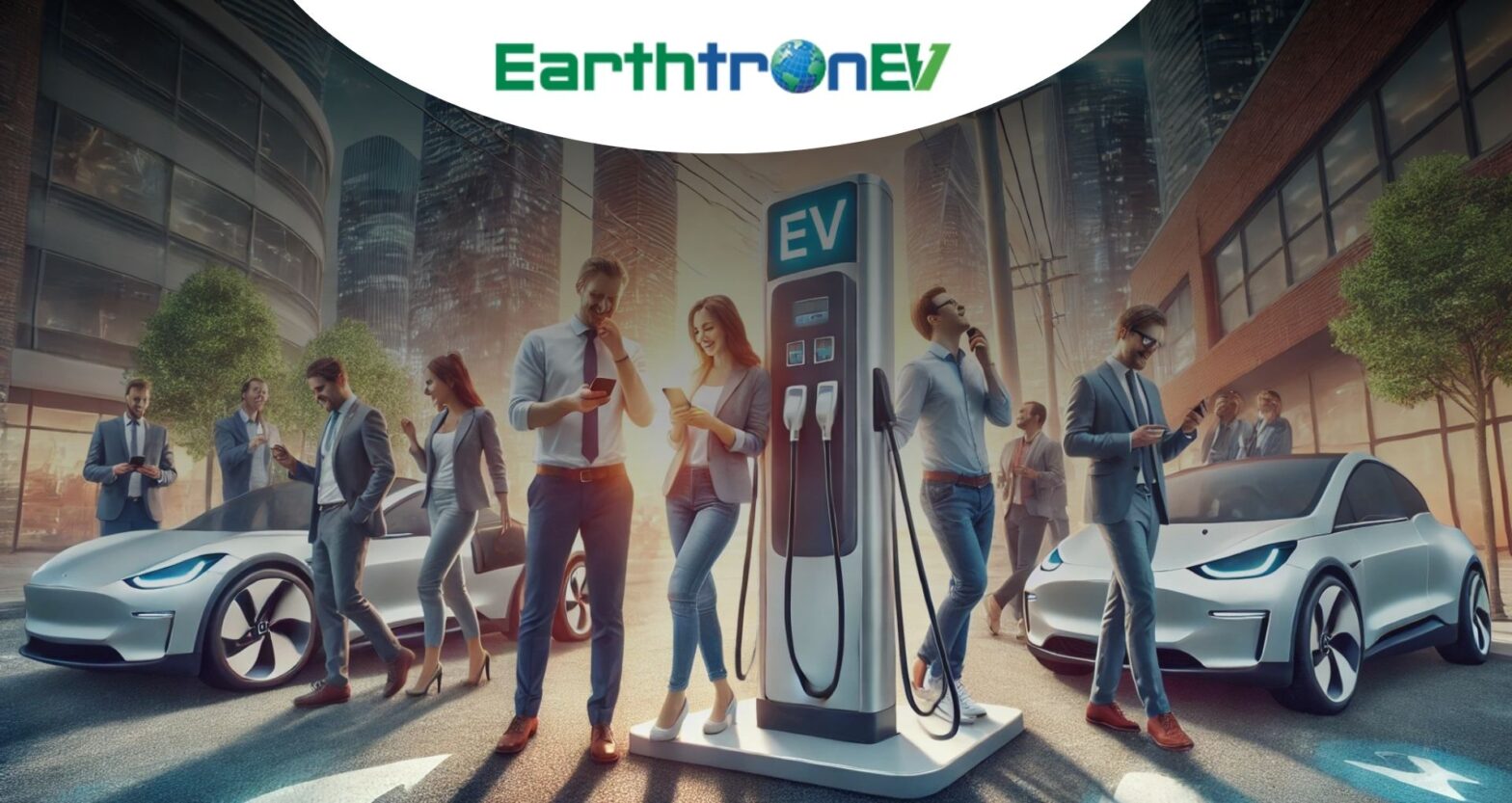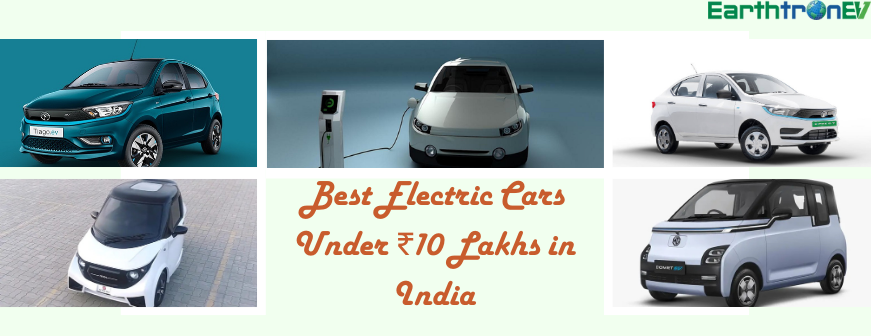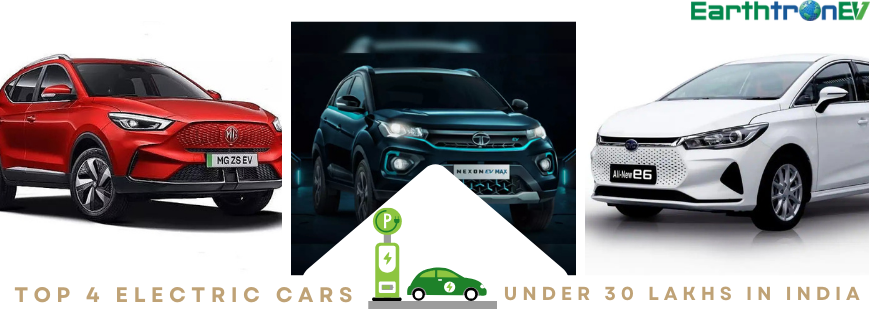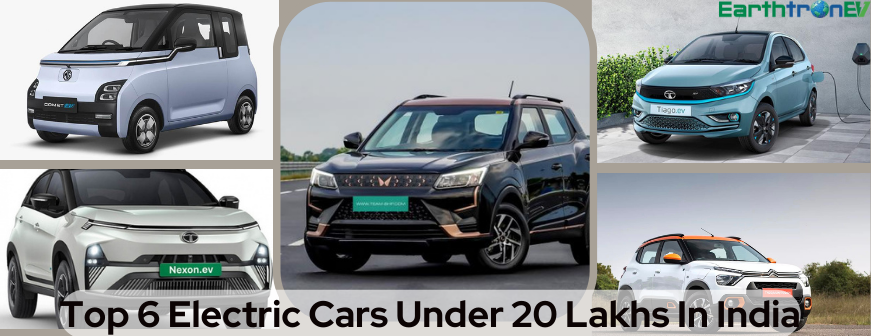Air pollution is a prominent environmental problem in cities worldwide. The contamination of harmful substances in the air is detrimental to living lives and the planet. This exposure to high levels causes air pollution, which can cause several adverse health effects.
Air pollution is a risk factor for heart disease, causing damage to the respiratory system and lung cancer. Vehicular pollution is one of the significant causes of air pollution, emitting poisonous greenhouse gases, damaging the ozone layer, and increasing atmospheric temperature, leading to global warming. This article will discuss the importance of Electric vehicles in improving the air quality of Delhi, the capital city of India.
Delhi Air pollution
Delhi is one of the highest Indian territories having poor air quality due to pollution. The researchers estimated that the pollutants emitted about 3000 metric tons of air pollutants day-to-day in Delhi. This estimation found a substantial contribution of pollution from vehicular pollution (67%), followed by coal-based thermal power plants (12%).
Further, researchers, as monitored by the Central Pollution Control Board (CPCB), found that the rising trends in the modern era, including vehicles from 1989 to 1997, have contributed more to air pollution.
According to the Department of Transport, Government of National Capital Territory of Delhi, experts estimate the vehicular population will rise to more than 3.4 million, registering a growth rate of 7 percent annually. Thus, this landlocked geography of Delhi causes more air pollution than other Indian cities.
The government of Delhi initiated a policy with Delhi campaign to announce, encourage and inspire the citizens to switch from traditional vehicles to EVs. This campaign raised awareness among Delhi citizens concerning the benefits of switching to electric automobiles. It motivated the government to raise the uptaking of electric vehicles to a new vertical. This transition to will electrification will benefit economically and improve the quality of air to a large extent.
One of the critical factors causing intense air pollution is the rapid expansion of app-based ride-sharing services like Uber and India-based Ola. There are nearly 3.5 percent of residents who have personal cars in India. These account for a large portion of destructive particulates, nitric oxides, and carbon monoxide emitted by vehicles every year.
According to one study published in the journal Transportation Research Part D, they said Transport and Environment designates a complete framework to switch to electrification. This transition to electrify polluted Indian cities like Delhi with 23,000 EVs and a network of 3,000 fifty-kilowatt charges will be enough to meet New Delhi‘s entire ride-share demand.
Explain the positive effects EV adoption and charging infrastructure to reduce air pollution in Delhi.
The following factors state the positive impact of electric vehicle adoption and charging infrastructure to reduce air pollution in Delhi
Environmental Benefits:
- Electric vehicles can ameliorate greenhouse gas emissions and combat climate change to a great extent.
- Electric vehicles produce zero tailpipe emissions compared to fossil fuel engine vehicles.
- Electric vehicle adoption has improved the environment by reducing carbon dioxide (CO2) and other pollutants. It will lessen air pollution, smog, and global warming.
- Electrification helps subsiding harmful pollutants like particulate matter (PM), nitrogen oxides (NOx), and volatile organic compounds (VOCs).
Energy Diversity and Security:
- The dependencies on fuel production get reduced with the adoption of electrification.
- Electrification and EV charging infrastructures contribute to energy diversity by receding dependence on oil imports. EVs and EV chargers lessen exposure to fluctuations in oil prices and improve energy security by decreasing reliance on fossil fuel imports.
- We can power the electricity grid energy sources with renewable such as solar and wind combinedly. This technique offers to switch transportation towards pollution-free and more sustainable energy options.
Technological Advancements rendering many Innovative Options
- The electric charging infrastructures and the evolution of electric automobiles have spurred technical advancements in battery technology, charging stations, and electric drivetrains. These upgrades benefitted the automotive sector and have more comprehensive applications, like energy storage for renewable energy sources and grid stability.
- The transition brought many jobs and innovations like battery manufacturing, renewing energy, and charging stations.
Decongesting Cities:
- The adoption of electrification can boost several other Indian cities to promote shared mobility and compact design. We can define shared mobility as using EVs as a service instead of a personal asset. It can downsize the number of automobiles on the road and the need for parking space.
- A compacted design indicates those automobiles which are smaller and lighter. These can fit more easily in urban spaces and even ease congestion and emissions.
- Innovative and futuristic smart EV charging stations with shorter intra-city distances can significantly help civilization. A quick charge can cover day- trips and requires no bigger batteries. In other words, electric vehicles require less time to recharge and lower costs.
Everlasting Cost Savings:
- The most significant factor cum advantage of electrifying the city is the lower operating costs. Electricity is naturally more affordable than gasoline or diesel resources and is renewable.
- Electric vehicles and charging infrastructures require less maintenance and have fewer moving parts. It results in a reduction of servicing and restoration expenses over time.
Explain how the growth of EV infrastructure helps to improve the air quality of Delhi.
The plan to plug into a healthy future starts with the initiative of electrification. Delhi is one of the most polluted cities in India and the world’s urban aggregations with the most contaminated air. Worldwide, India has twenty-one cities among thirty cities having the worst air pollution level. According to the Netsolwater statistics, the report published that the PM-2.5 concentration in the capital city is 146 grams per cubic meter (g/m3).
The World Health Organization (WHO) proposes a PM-2.5 concentration of 15 grams per cubic meter for a 24-hour mean. But unfortunately, the contamination of pollutants raised the concentration to 5.84 times the suggested limit. And for 24-hour air quality guidelines, the concentration increased 9.7 times more than the WHO recommended limit. It makes the vision clear that, very soon, the capital city must fully revolutionize into electrification, saving the environment from getting more adverse.
EV mobility solutions are the key to improving the air quality in the capital city of India. The growth in the demand for electric vehicles in the Indian markets and the renewable switch to EV charging infrastructures will bring significant climate changes in Delhi in the coming decades. According to Fortune Business Insights report, the global market of electric vehicles in India in 2021 was 1.45 billion USD. This growth reached 3.21 billion USD in 2022 and more and will reach 113.99 billion USD in 2029.
It will register a Compound Annual Growth Rate of 66.52 percent in this forecast year. Further, other reports forerun that India’s domestic electric vehicle market will upsurge at 49 percent CAGR in 2023. These reports are clear that the market demand for electric vehicles will undoubtedly increase, and the adoption of electric vehicles in India will be a global win. With the growing EV market, researchers studied that the emission of harmful pollutants from traditional vehicles reduced, and eventually, this revolution to EVs has helped curb vehicular emissions and improve air quality to some extent.
Conclusion
People all over the map are more aware of their health after being well-informed about its adverse effects. One of the primary solutions to this problem is the revolutionary transition to electrification. Since Delhi is among the top polluted cities, there should be a fast switch to electrification with hundreds of electric vehicle charging stations, reducing greenhouse gas emissions and providing more sustainable energy options. Thus, the Delhi government has taken initiatives to promote the evolution of electric vehicles and EV charging infrastructures to improve the air quality.







